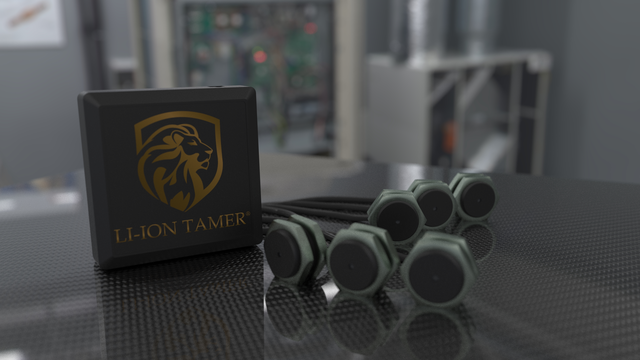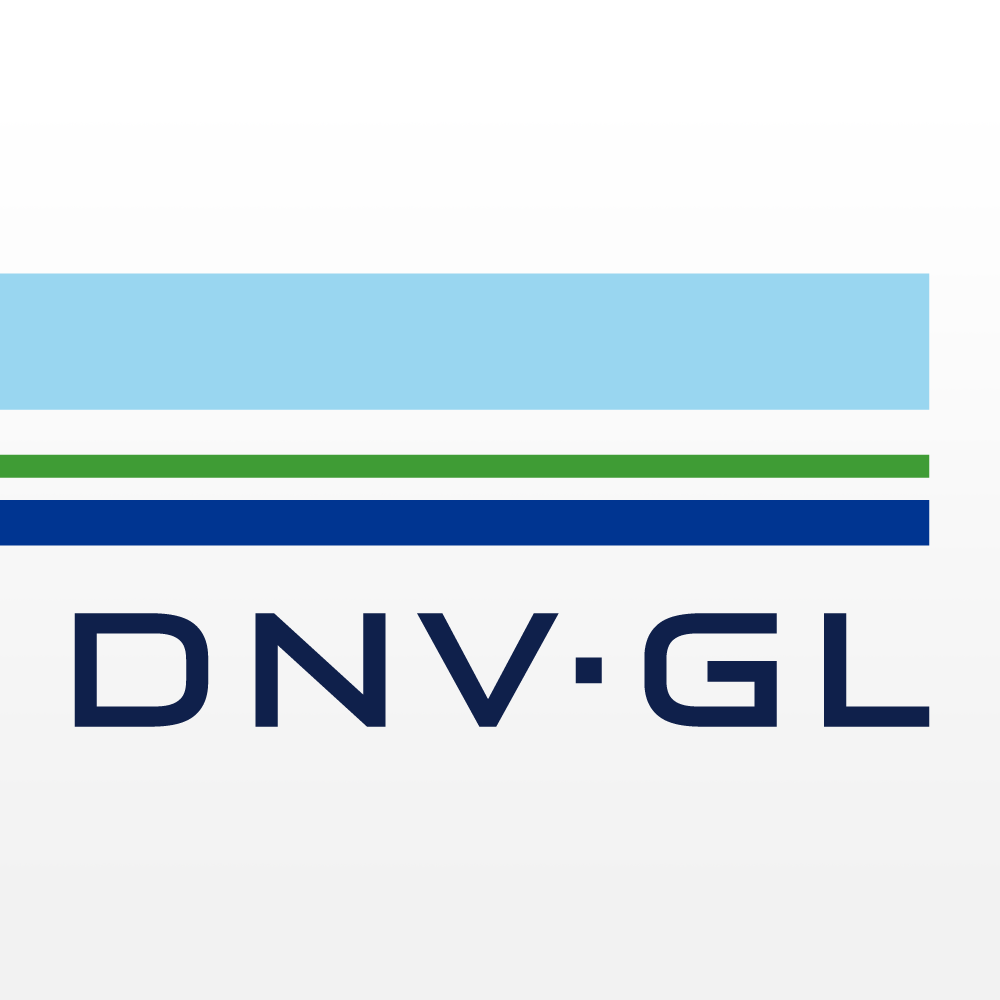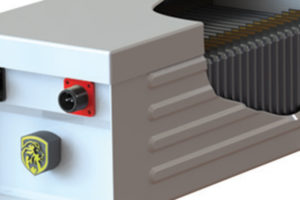DNV-GL has posted the January 2018 revision of the DNV-GL Battery Power rules. The revision has been officially published as Pt.6 Ch.2 Sec.1 of the DNV-GL guidelines for the ship design and manufacturing.
The linked document is strictly Part 6, Chapter 2 which provides guidelines for propulsion, power generation, and auxiliary systems. The document is very detailed and covers many facets of power generation, including batteries, fuel cells, and traditional gas. DNV-GL certifications are considered one of the most stringent and prestigious certifications in any industry and this is no different when it comes to battery power on ships. Their rules are some of the most comprehensive which results from the professional nature of their organization as well as the criticality of safety on ships.
Among many other design requirements mandated by the battery power section of the DNV-GL rules, Rule 2.3.1.3 specifies that off-gas monitoring must be used to automatically initiate a mechanical fan upon detection of lithium-ion battery off-gas compounds. Battery system designs vary widely between battery and system integrators, but marine battery system designs are beginning to trend towards a particular design. This design entails enclosed battery modules which vent into a designated area in the case of a battery failure and this area should be installed with a mechanical fan that can be automatically initiated upon detection of off-gas from the batteries, according to Rule 2.3.1.3.
DNV-GL Part 6, Chapter 2, Section 1, Rule 2.3.1.3
For battery spaces where the safety description [4.1.2] concludes that the battery space(s) may be subject to explosive and/or toxic gases in case of battery failure incidents – to the extent that the space is considered unsafe to enter an emergency mechanical exhaust fan and emergency inlet direct from open air shall be arranged. Enclosed battery cabinets shall be provided with dedicated emergency ventilation system venting possible explosive/toxic gases directly to open air. The emergency exhaust fan shall be of a non-sparking type and have a capacity:
1) not less than 6 air changes per hour (ACH), when batteries are designed according to design option 1 as given by [4.1.2.6].
2) as determined by analysis in the safety description [4.1.2], when batteries are designed according to design option 2 given by [4.1.2.6].The emergency fan shall start automatically upon detection of off-gas from the batteries. The emergency fan shall be provided with remote means of activation, even when a fire is detected in the battery space.
The Li-ion Tamer AWARE is a great example of an off-gas monitoring product that will meet Rule 2.3.1.3 (see the product page here). The AWARE is designed specifically for detecting lithium-ion battery compounds that are released during the first stages of failure. This product provides a distributed network of sensors, giving more detection points, increasing the likelihood of detection, and creating a safer battery system overall. The AWARE is also designed for Hazardous Locations, similar to the duct where off-gas monitoring is required.

By choosing the Li-ion Tamer AWARE for increasing your battery system’s safety and compliance to DNV-GL rules, you choose a product designed specifically to increase the safety of lithium-ion batteries and a product ready to be implemented into marine battery systems.
Let’s Get Started |
|
|---|---|
|
Take the first step in improving the safety of your battery storage systems by requesting the Rack Level Monitor today! Simply click on the button below to complete and submit the form. |
|







